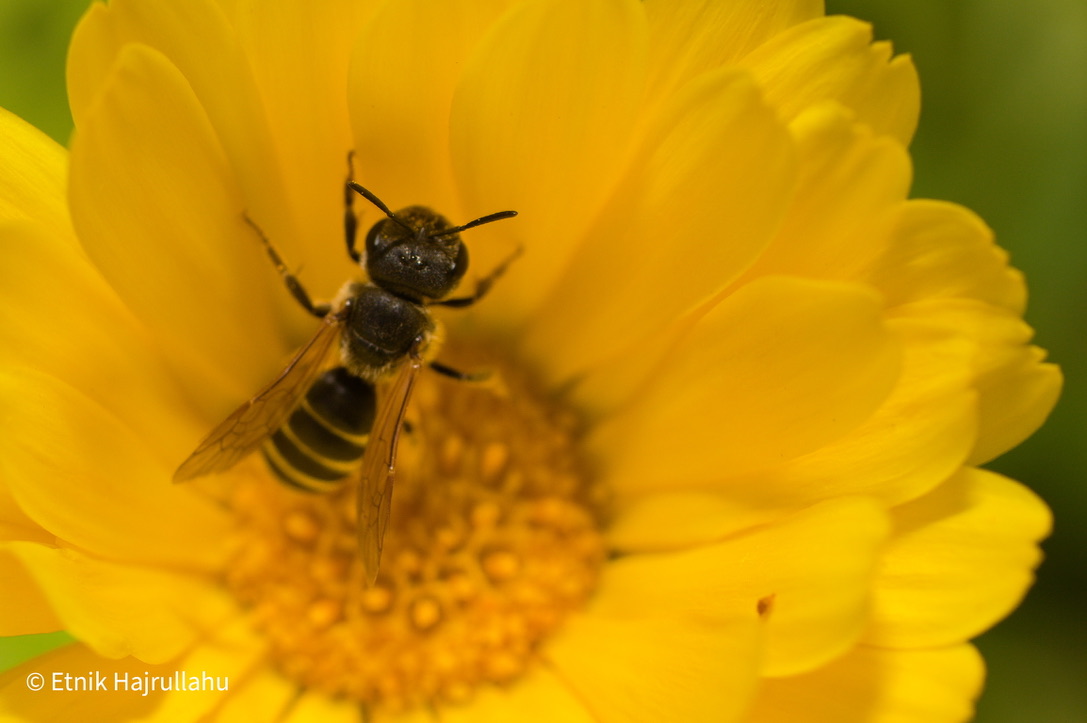The honeybee (Apis mellifera) is a species of bee that is well-known for its important role in pollination and honey production.
Appearance
Honeybees are small, usually measuring between 10-15 millimeters (0.4-0.6 inches) in length. They are typically light brown or black in color and have distinctive yellow or orange bands on their abdomen. Workers and drones have a stinger, while the queen bee does not.
Habitat and Distribution
Honeybees are found in many parts of the world, including Europe, Asia, Africa, and North America. They typically build their hives in protected areas, such as tree hollows, rock crevices, or man-made structures like beehives.
Behavior and Uses
Honeybees are social insects that live in colonies, with a queen bee at the center of the hierarchy. The workers are responsible for foraging for nectar and pollen, building the hive, and caring for the young. Honeybees are important pollinators for many agricultural crops, including fruits, vegetables, and nuts. They also produce honey, which is collected from the hives by beekeepers and used for food and medicinal purposes.
Conservation Status
Honeybees are not currently considered endangered, but their populations have declined in recent years due to factors such as habitat loss, pesticide use, and disease. This decline has significant implications for agriculture and the ecosystem as a whole, as honeybees are a crucial part of many food chains.
Interesting Facts
- Honeybees can fly up to 15 miles per hour and beat their wings about 200 times per second.
- Honeybees communicate with each other through a series of dances, which convey information about the location of food sources and potential threats to the hive.
- Honeybees are the only insect that produce food for human consumption.
- One worker bee can produce about 1/12 of a teaspoon of honey in her lifetime.
In summary, the honeybee is a vital species that plays a crucial role in pollination and food production. Its complex social behavior and honey-making abilities make it a fascinating insect to study, while its conservation is of utmost importance for maintaining the health of our ecosystems and food systems.

